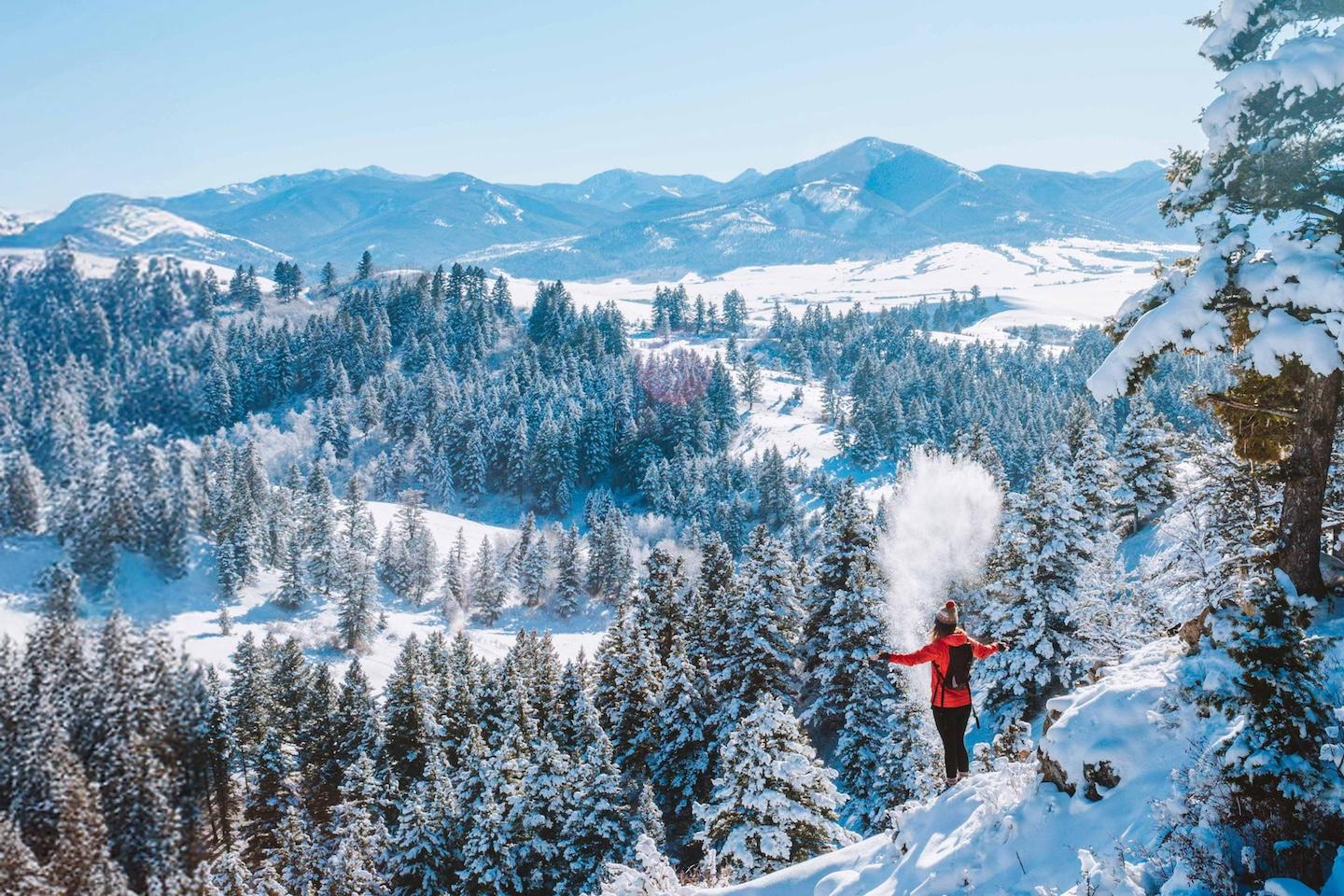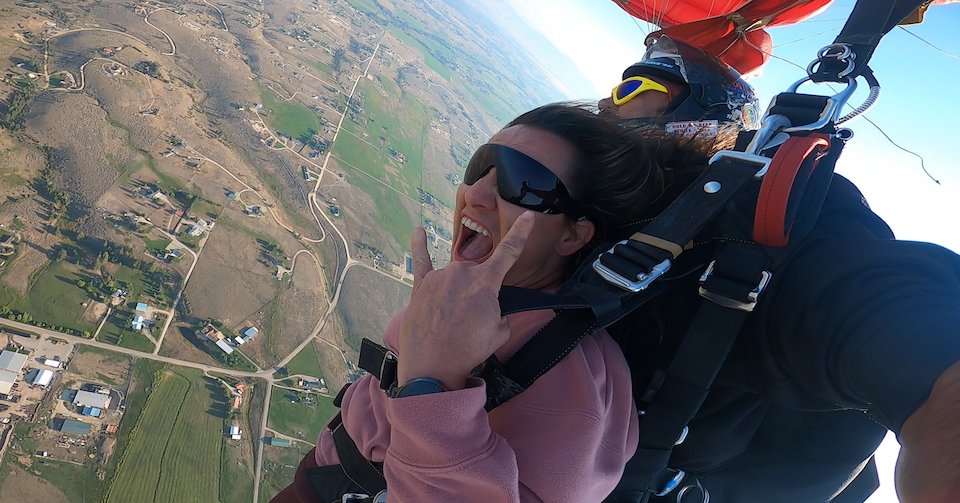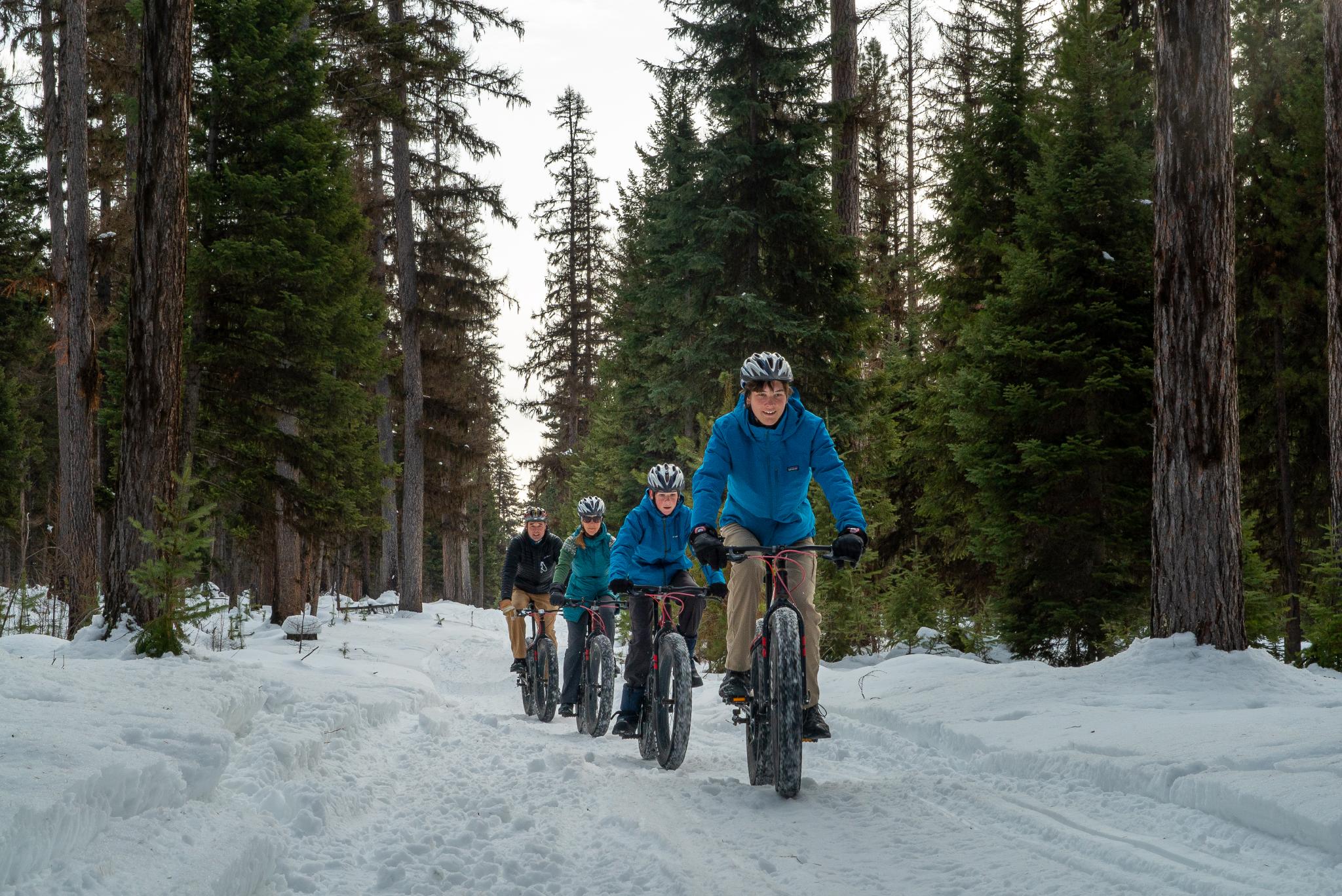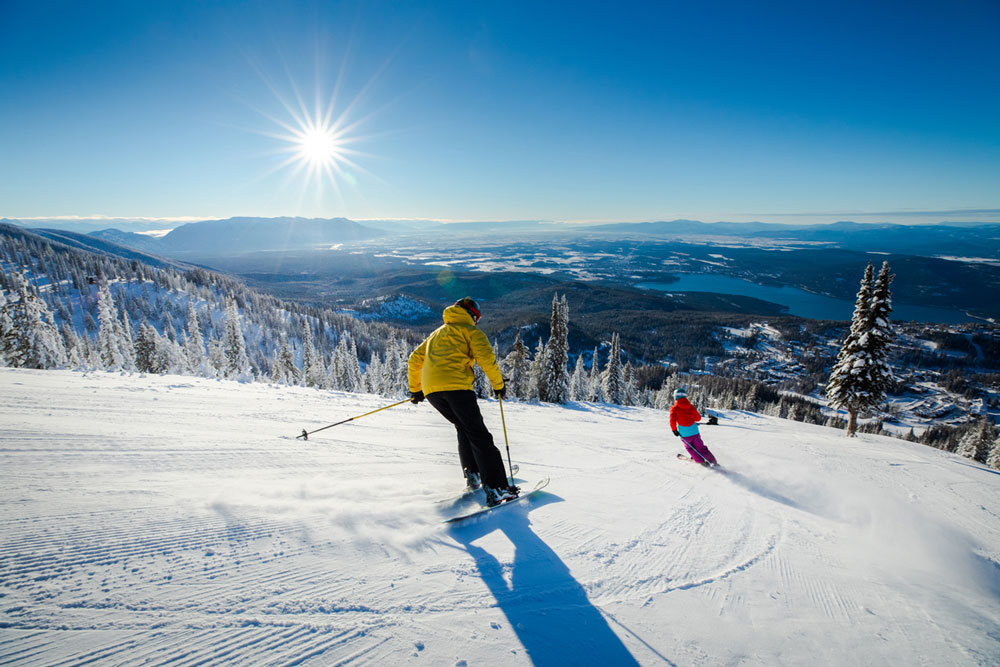Western Montana’s Starry Night Skies
Glacier Country is known for big blue skies and endless views, but the adventure overhead doesn’t end when the sun goes down. Jaw-dropping starry nights are part of Montana’s allure because light pollution is at a minimum here. Glacier National Park is internationally recognized as a Dark Sky Park, but you’ll find some of the country’s best stargazing throughout Western Montana. Discover observatories across the region and plenty of places to camp and stargaze, or just lay out a blanket and explore the cosmos in awe. It’s not hard to spot the Milky Way in Montana, and, if the stars align, you may even see the northern lights.
Stargazing Basics
- A lot can be seen with the naked eye or binoculars, and a night sky/star map can provide information specific to that month's sights. Download an app like SkyView, and learn what stars, constellations and planets are in view. No cell service required!
- Bring a chair or blanket and dress for the weather. Montana nights can be much cooler than daytime temperatures.
- Use a night sky calculator to determine when the sky will be the darkest during your trip. Simply input your location into the calculator and select the date you will be here, and calculate the best time to check out our starry night sky.
- Once your eyes have adjusted to the dark, preserve the darkness by having a red flashlight handy for looking at maps.
Where to Stargaze in Montana: Dark Sky Destinations
Glacier National Park + the New Star Dome at St. Mary
Glacier National Park is one of 26 parks to be internationally recognized as a Dark Sky Park and the first park to span an international border—the designation extending into the Waterton-Glacier International Peace Park.
At the east entrance to Glacier National Park sits St. Mary and the Dusty Star Observatory. This Star Dome is equipped with a 20-inch telescope, one of the largest telescopes in the National Park Service and the largest in Montana, which gives visitors high-resolution views of planets, galaxies and nebulae. If you're not looking through the telescope you can view the images on one of two 55-inch monitors mounted on the observatory. The Half the Park Happens After Dark program hosts guided viewing and star parties June through September on clear nights at rotating locations. If you can’t make it to one of the astronomy programs in person, you can check out the “all-sky camera,” which snaps a 360-degree image every 60 seconds overnight and creates a time-lapse image in the morning.
Star Gazing Room: Payne Family Native American Center
The Payne Family Native American Center, located on the University of Montana campus in Missoula, includes the Star Gazing Room which hosts celestial stargazing shows open to the public. Learn about the constellations, planets and upcoming celestial events. Each show will also cover a unique topic from star lore of different cultures to the evolution of our universe.
Blue Mountain Observatory
Just outside Missoula, the Blue Mountain Observatory sits atop Blue Mountain at an elevation of 6,300 feet. It's about a 45-minute drive from the heart of downtown Missoula, a perfect distance from town resulting in minimal light pollution. Attend a public observation night to explore planets, star clusters, distant galaxies and nebulae. You'll also learn how to spot celestial objects with binoculars or the naked eye. Bring a blanket and bundle up—a treasure trove of stars and sweeping views of the Milky Way await. Be sure to make a reservation ahead of time and know before you go—driving on a narrow dirt road at night may not be in everyone's comfort zone.
Lost Trail National Wildlife Refuge
Due to its isolated (but also accessible) location, Lost Trail National Wildlife Refuge serves as a certified Dark Sky Sanctuary and features amazing nighttime skies. What’s more, most of the refuge’s small mammals are nocturnal. Other nocturnal creatures on the refuge include 13 species of bats, 8 species of owls, most amphibian and reptile species and hundreds of insect species. This setting offers a unique place to stargaze while listening to the sounds of nature.
Northern Lights in Montana
When the earth's magnetic field has been energized from solar events it will send charged electrons toward the poles. These collide with the upper atmosphere and produce light that we call the northern lights or aurora borealis. You can sometimes view the northern lights from the northern parts of Western Montana. Glacier National Park (Lake McDonald, Looking Glass Road, Bowman and Kintla lakes, Polebridge), the Northwest Corridor and the East Glacier Corridor are prime viewing areas. For a picture-perfect experience, head to Glacier National Park, or travel just a bit out of town on one of our scenic corridors. Northern lights are most active between September and March.
Tips for Spotting the Northern Lights
- Download the Aurora Forecast app from the App Store.
- Get as far away from city light pollution as possible, find a wide-open spot, and choose a clear, cold night between September and March.
- The brighter the moon, the harder it will be to see the northern lights. Check the lunar cycles and look for them during a new moon.
- The northern lights are best seen when the K-index—the level of geomagnetic activity—is high, so monitor K-index levels online.
Full Moon Over Montana
Taking in the Western Montana landscape by the light of a full moon is a surreal experience. Find information on upcoming full moons here.
Astronomy Clubs in Western Montana
Big Sky Astronomy Club in Kalispell hosts public events and offers stargazing information and online tools.
Western Montana Astronomical Association in Missoula provides a Clear Sky Chart of the area and other helpful stargazing resources.





